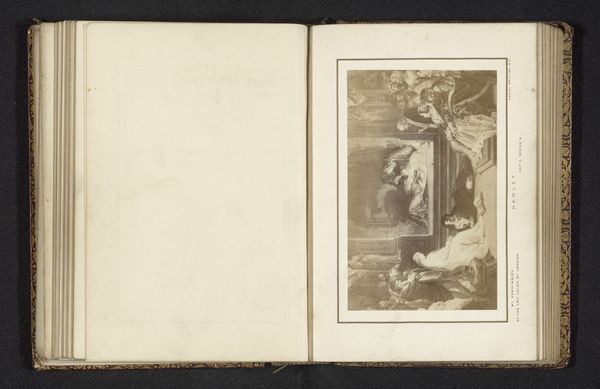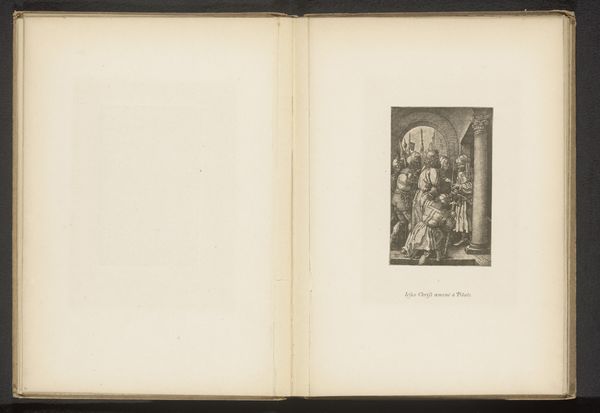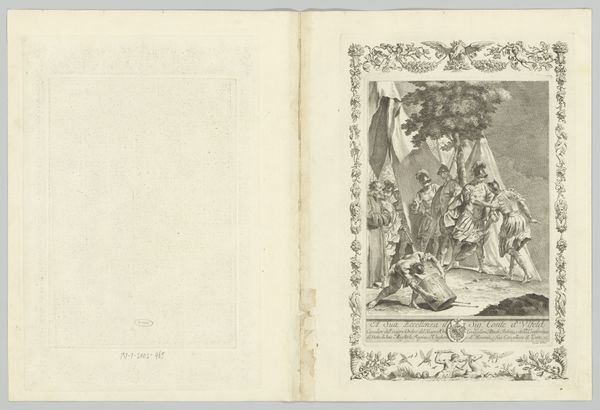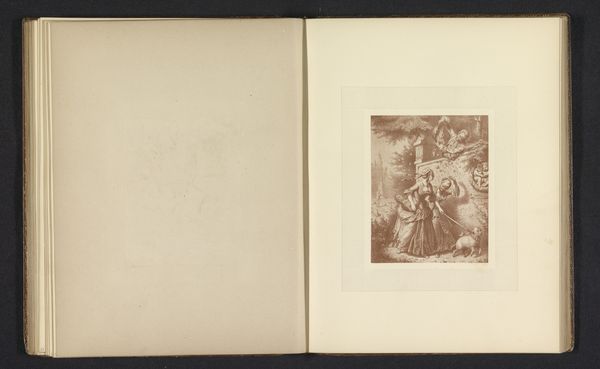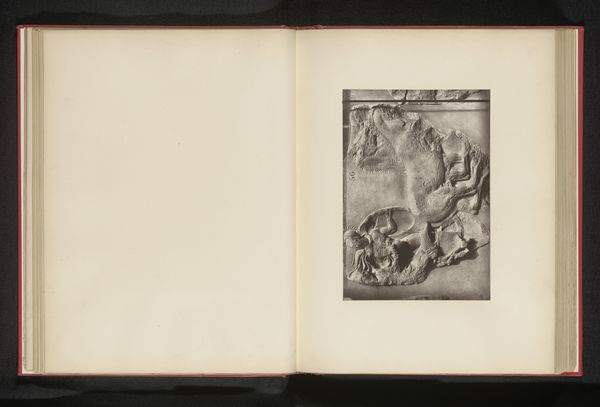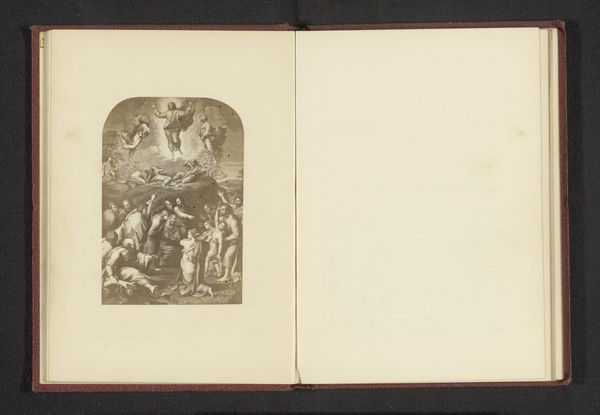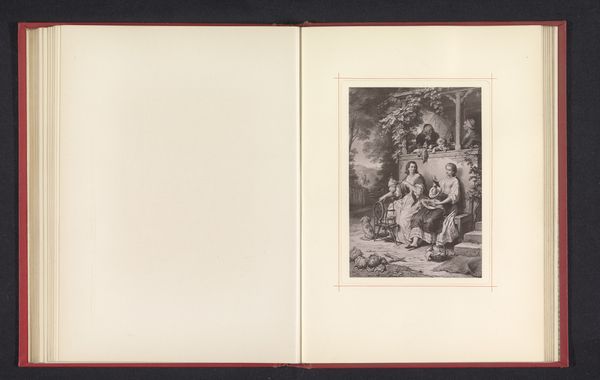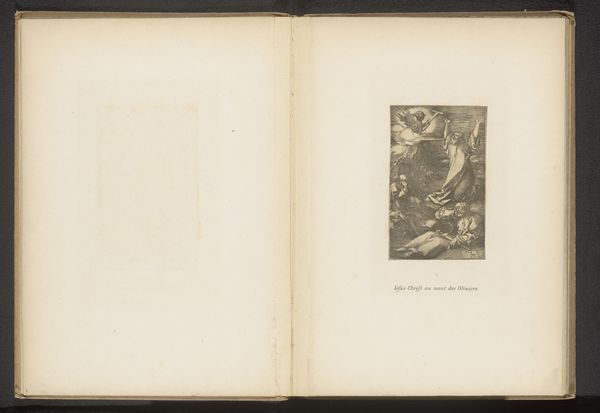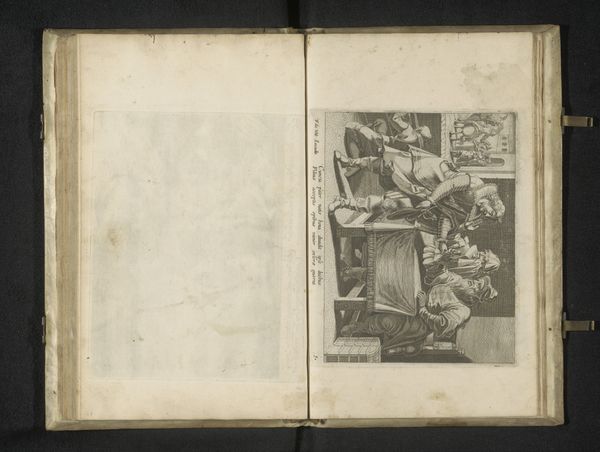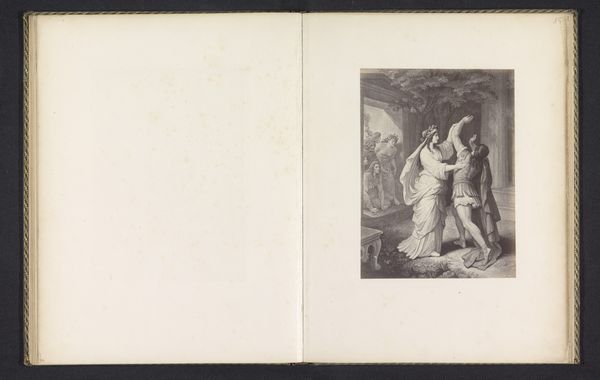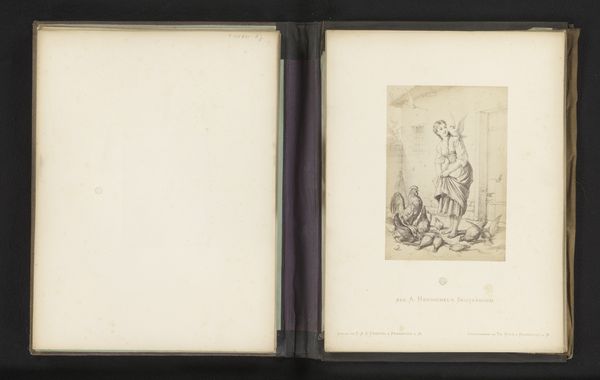
Reproductie van een prent van een luitspeler en een vrouw door Israhel van Meckenem before 1872
0:00
0:00
print, engraving
#
portrait
#
medieval
# print
#
genre-painting
#
engraving
Dimensions: height 160 mm, width 105 mm
Copyright: Rijks Museum: Open Domain
Curator: Ah, yes, here we have a reproduction of a print. It’s labelled “Reproductie van een prent van een luitspeler en een vrouw” which translates to Reproduction of a print of a lute player and a woman by Israhel van Meckenem, crafted sometime before 1872. Editor: It feels like a scene plucked from a dream, all whispers and lute strings. But, my initial gut feeling is melancholy; like the soundtrack to a slow heartbreak. The tiny dog doesn’t look particularly joyful, either. Curator: Well, the setting – presumably a private chamber – is fitting for a genre painting depicting courtly love or perhaps a commission. The use of engraving, in a Medieval style, lends itself to themes exploring relationships, maybe highlighting aspects of social hierarchy alongside romantic themes. Think about who can afford to commission art at this point in time and what they want to project. Editor: I get that; this piece offers an intimate peep into private life, carefully orchestrated as if for a royal. All the meticulous lines, I can feel how carefully considered everything has been. How does the reproduction change our understanding do you think? Is the removal from original context meaningful in itself? Curator: Absolutely. Consider how it reframes the artwork’s intention – instead of being displayed as a singular work it is contained, interpreted and experienced in a completely new and mediated format. A reproduction, mass produced, takes on a life separate from the creator. The themes of art ownership become foregrounded rather than remaining within the represented subject, adding further weight to your melancholy idea I feel. Editor: Indeed. It does open a space to explore themes such as possession. Art objects as vessels holding both history and, sometimes rather oppressively, societal narratives. But beyond its art historical weight, I still hear that melancholy in those barely-there strings. Thank you, I never considered the role reproductions take, interesting food for thought.
Comments
No comments
Be the first to comment and join the conversation on the ultimate creative platform.
